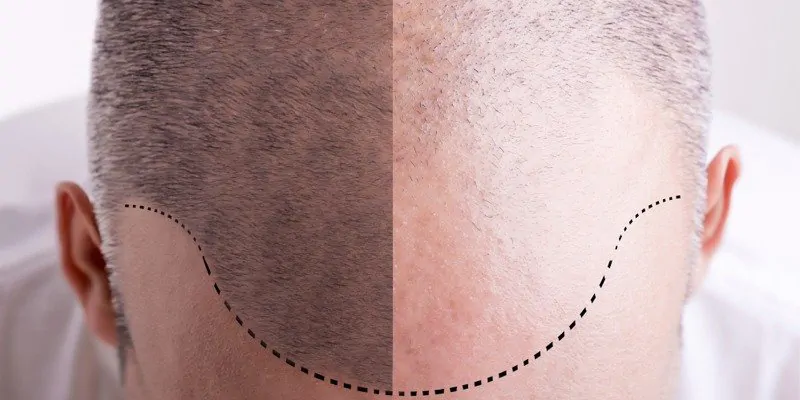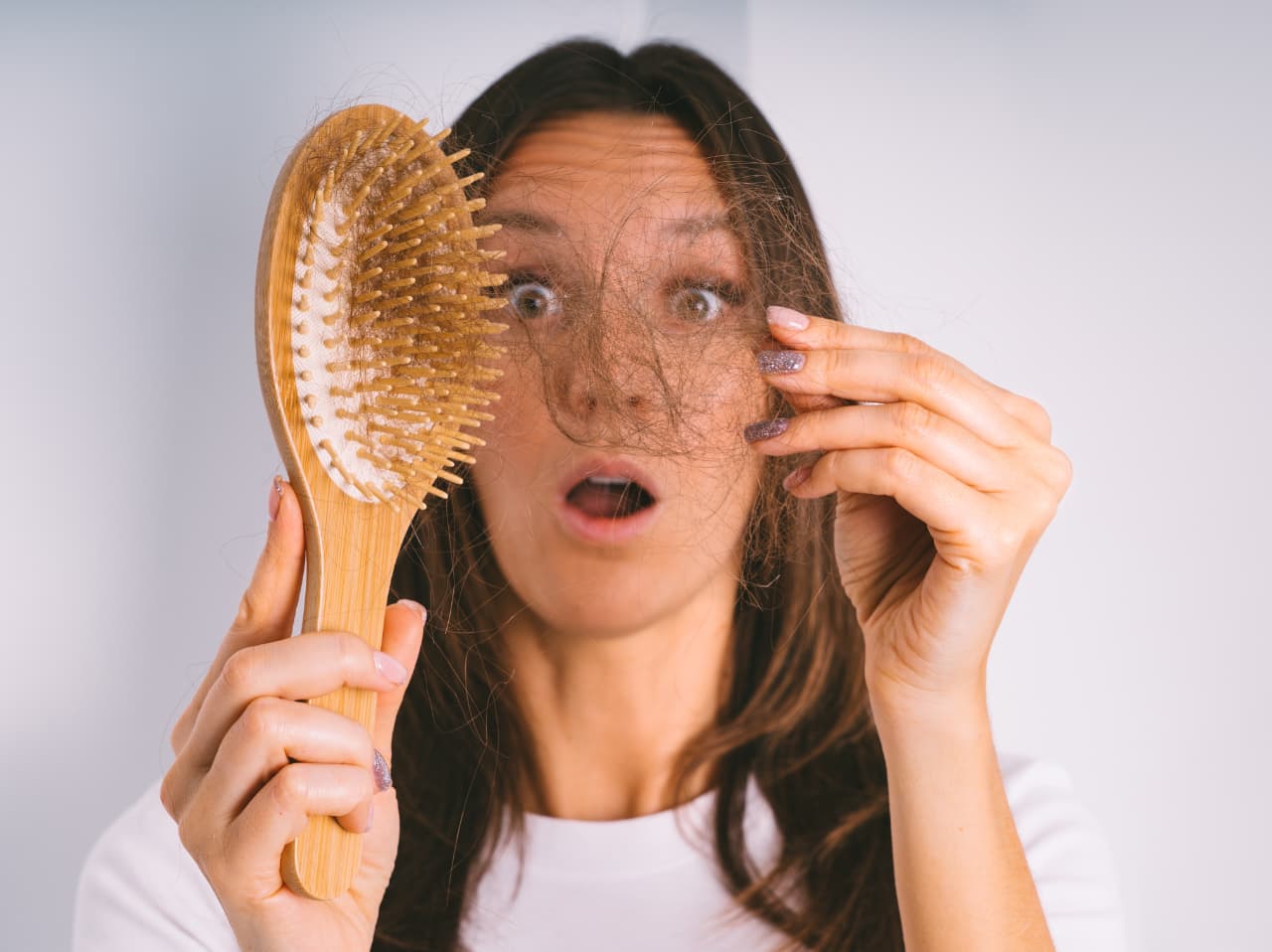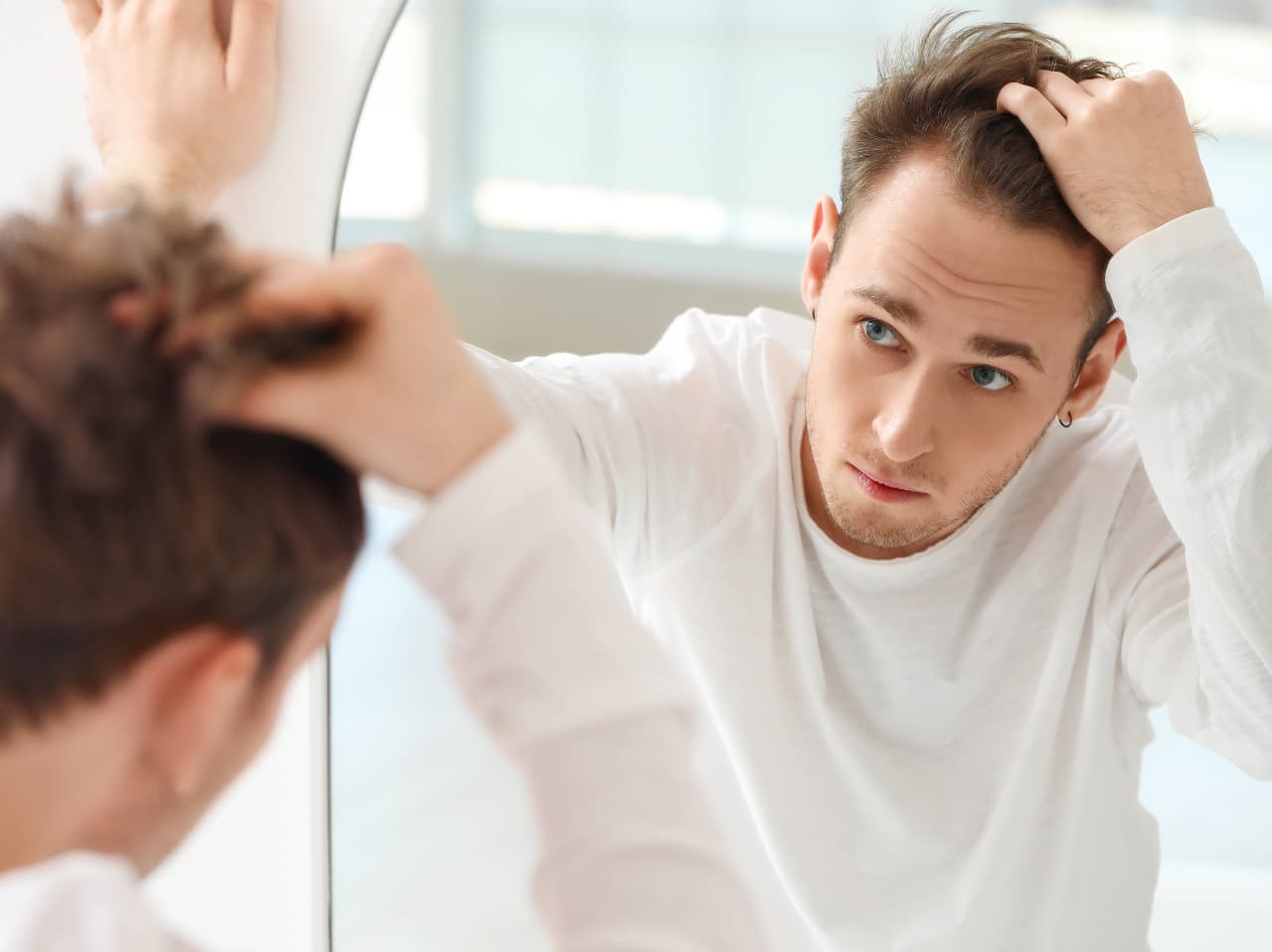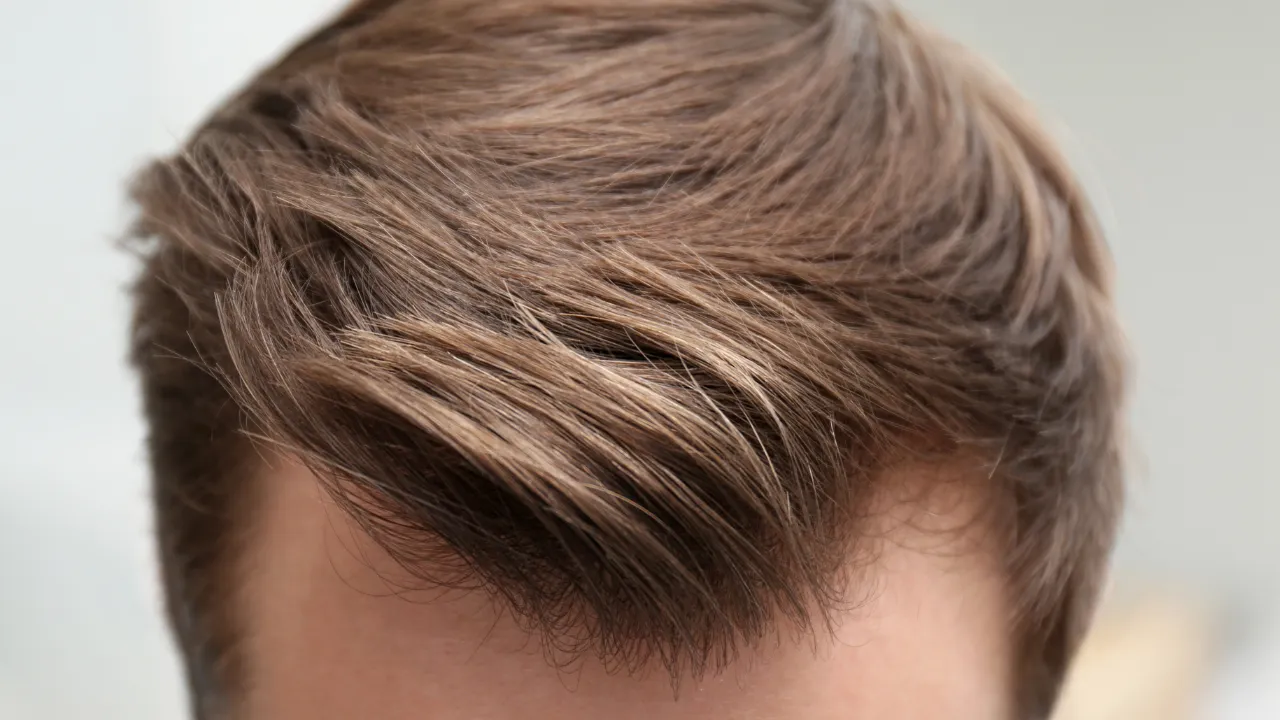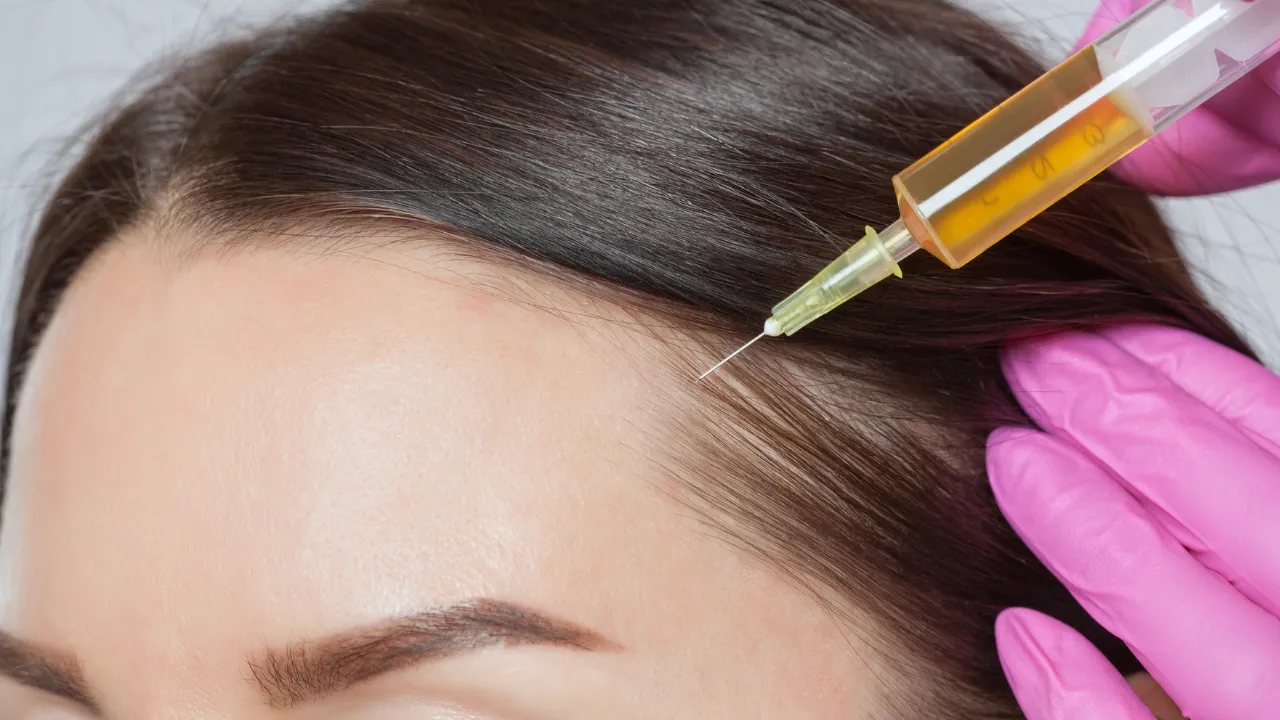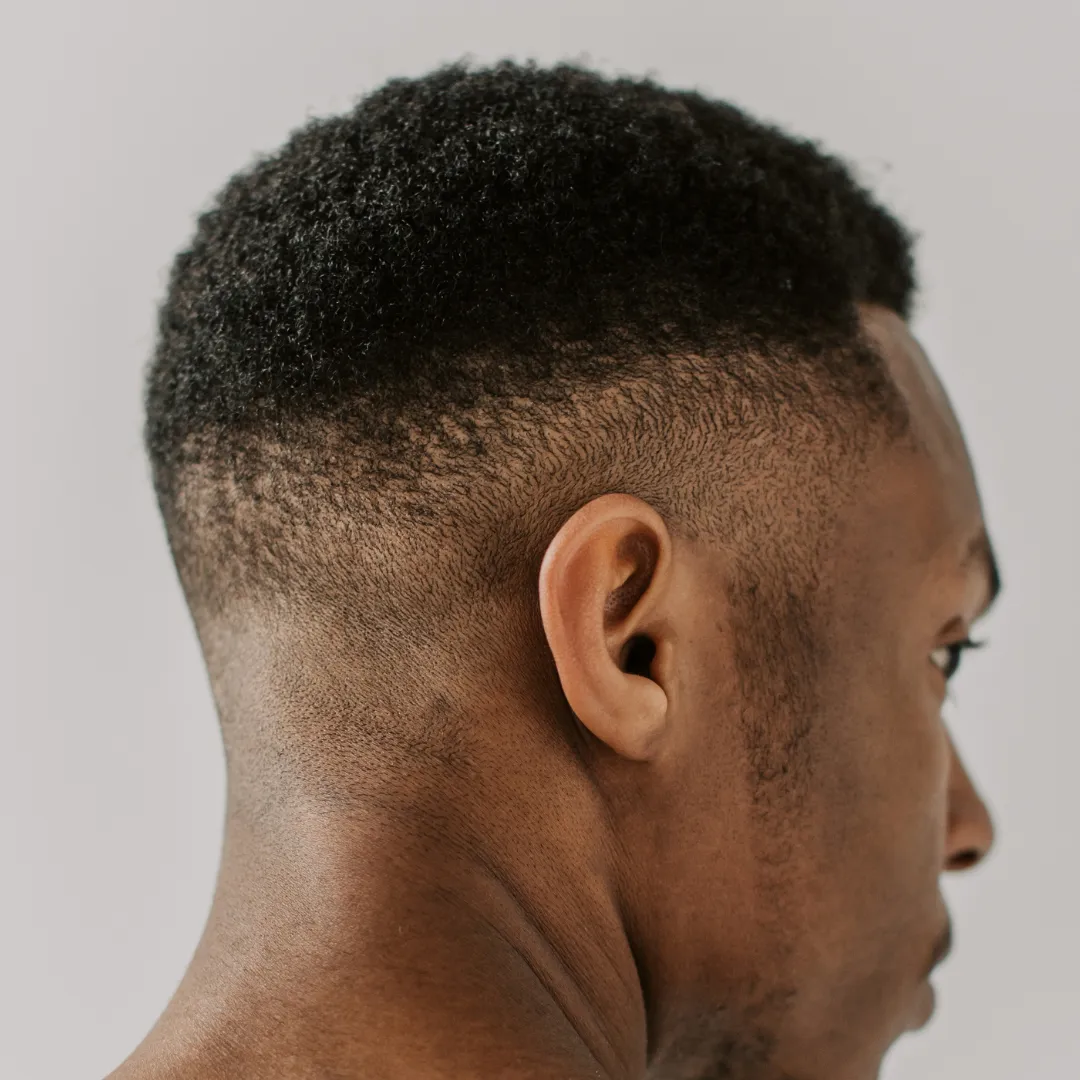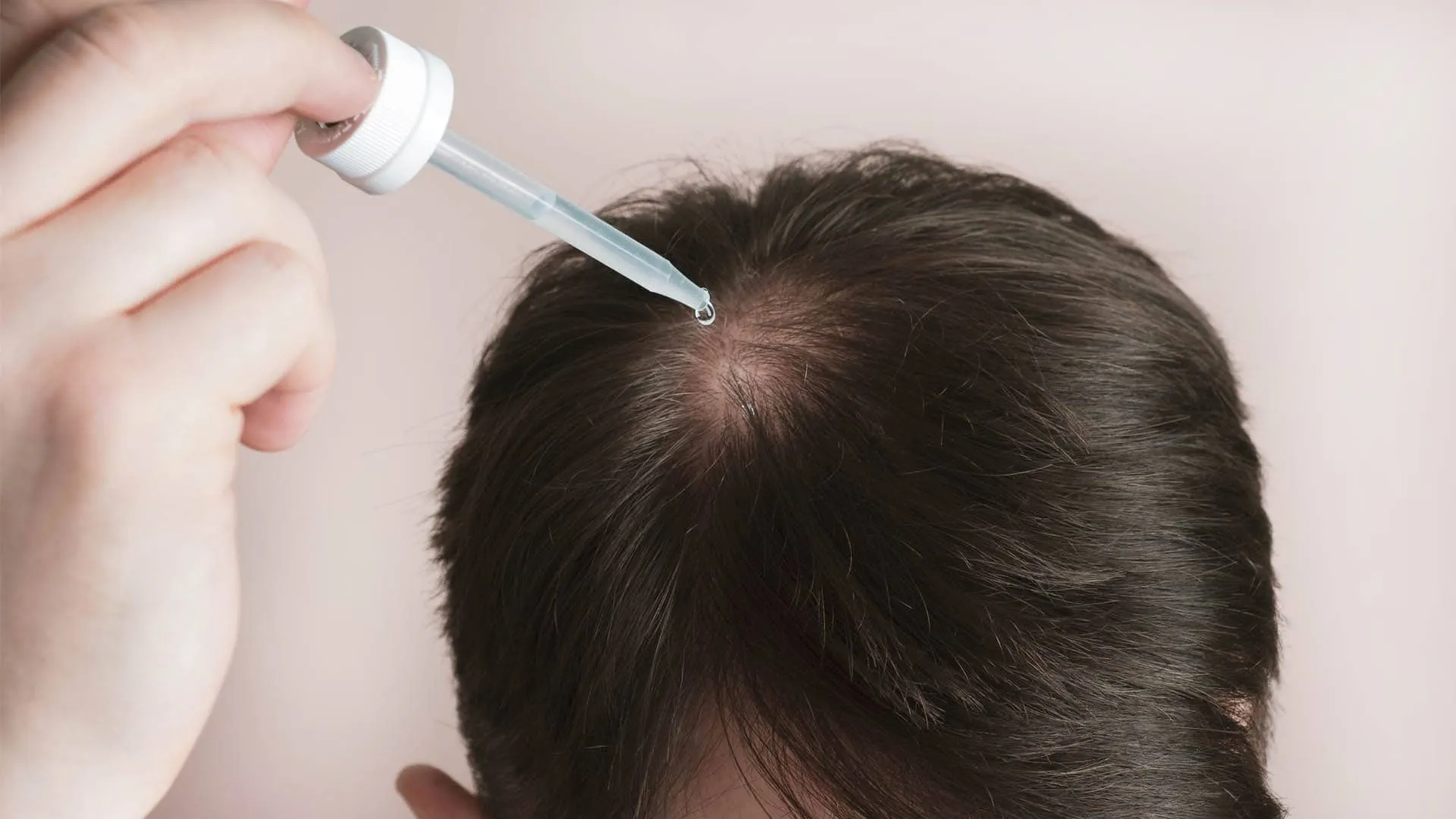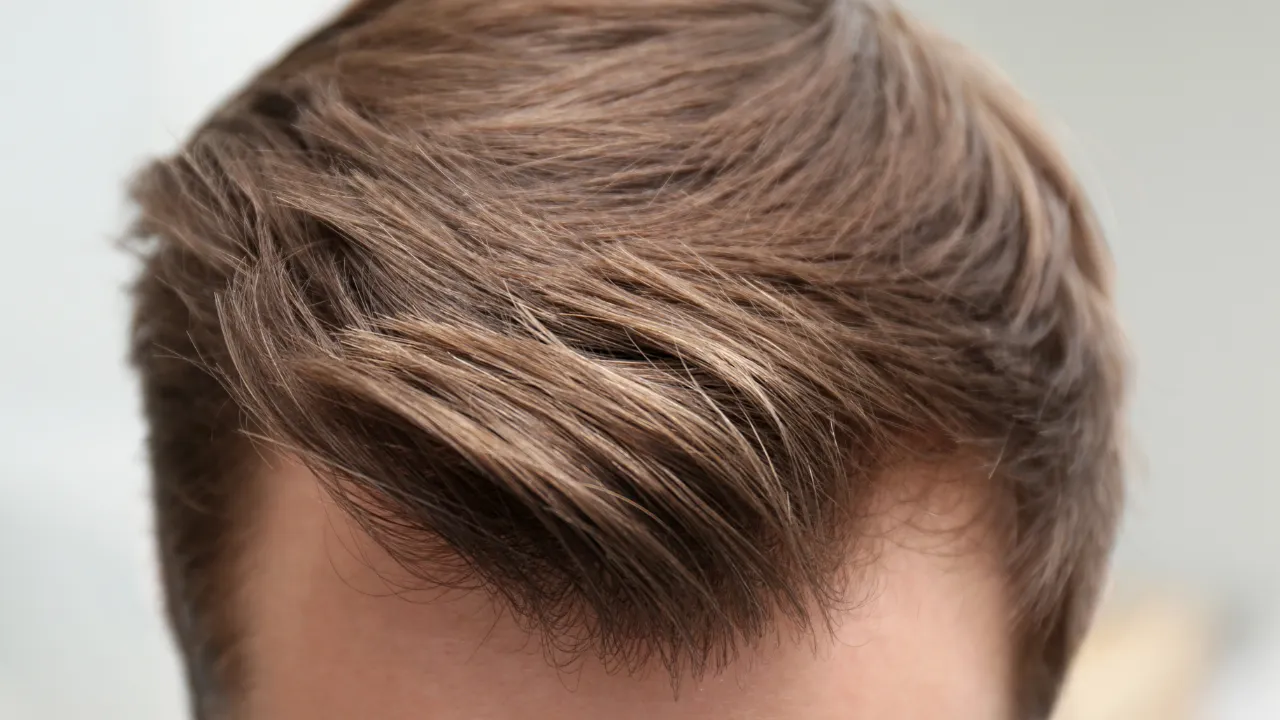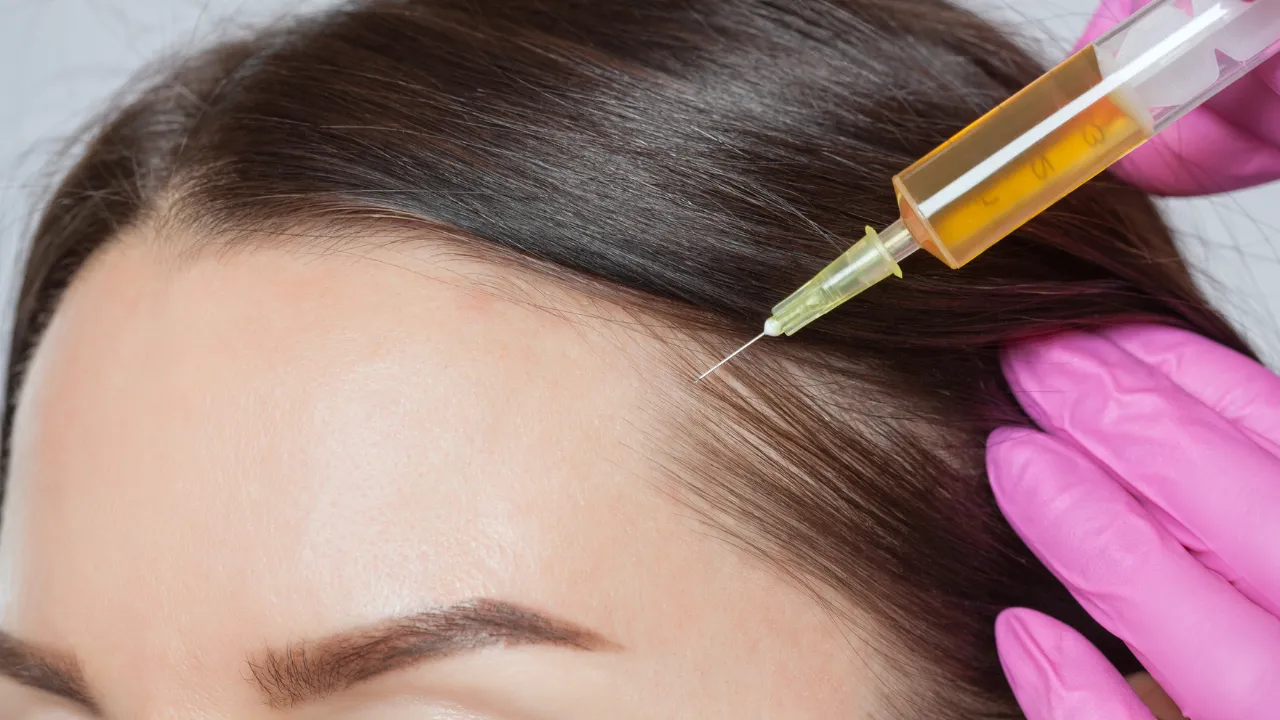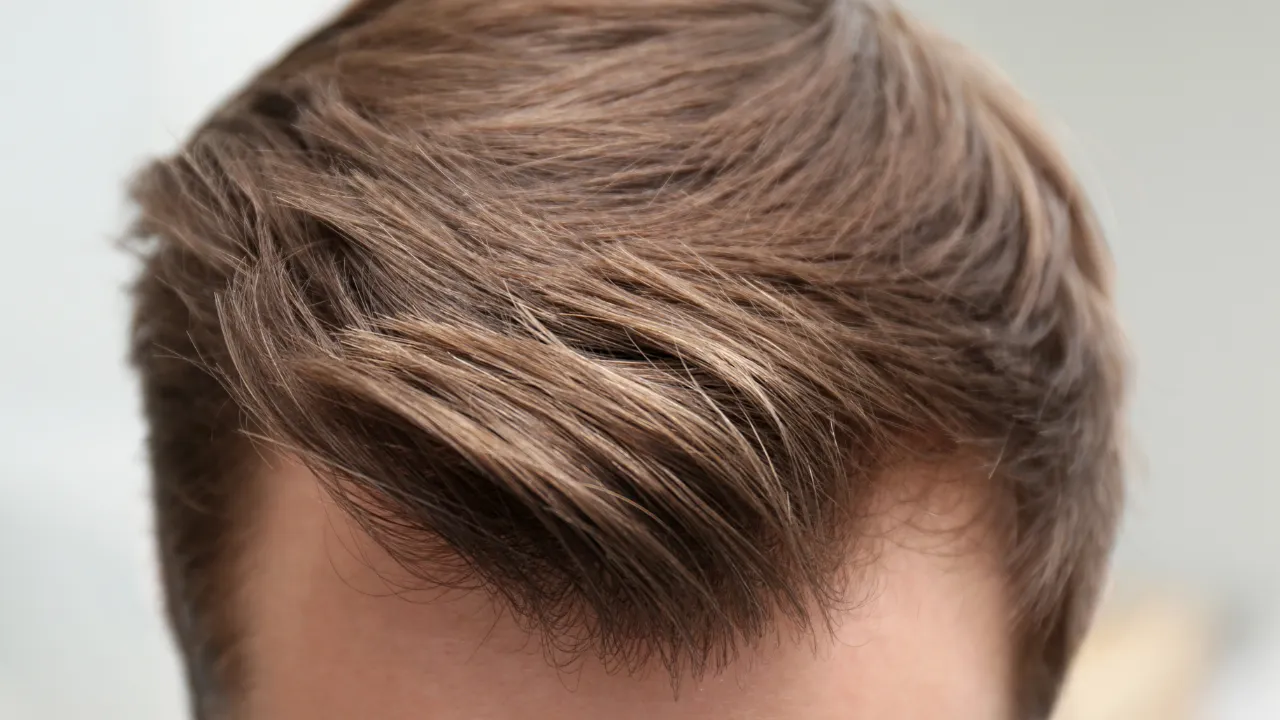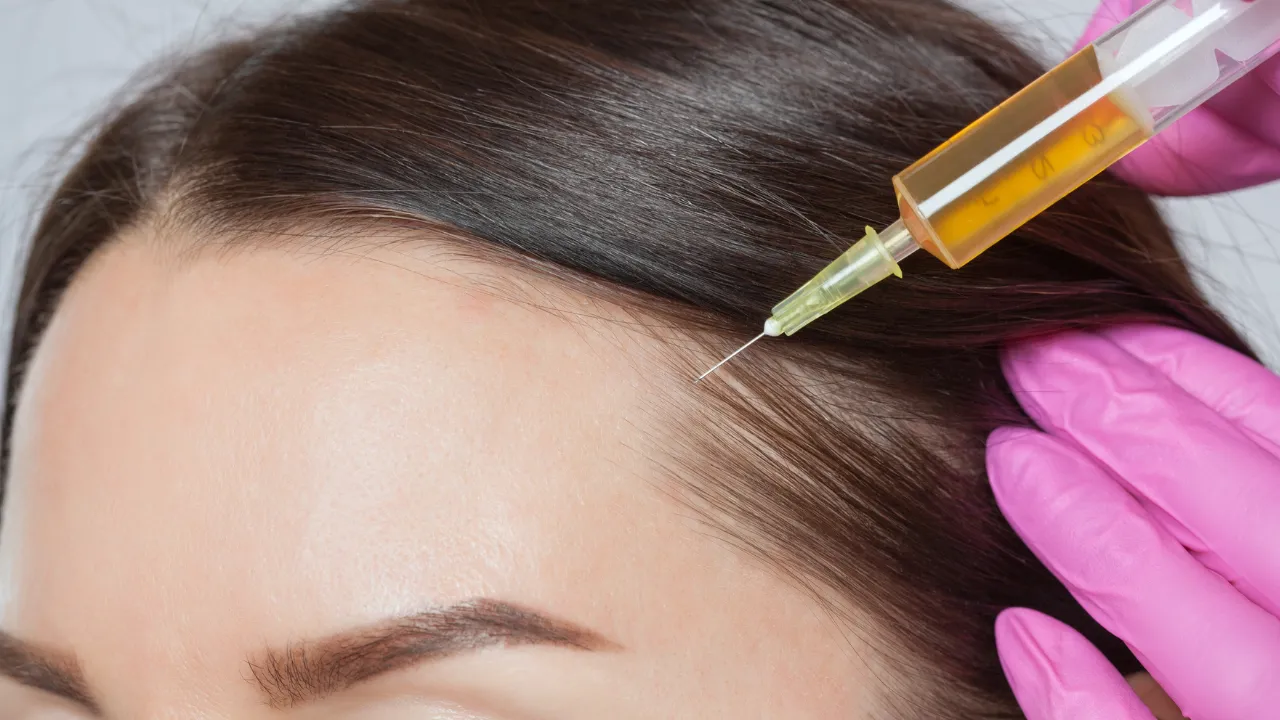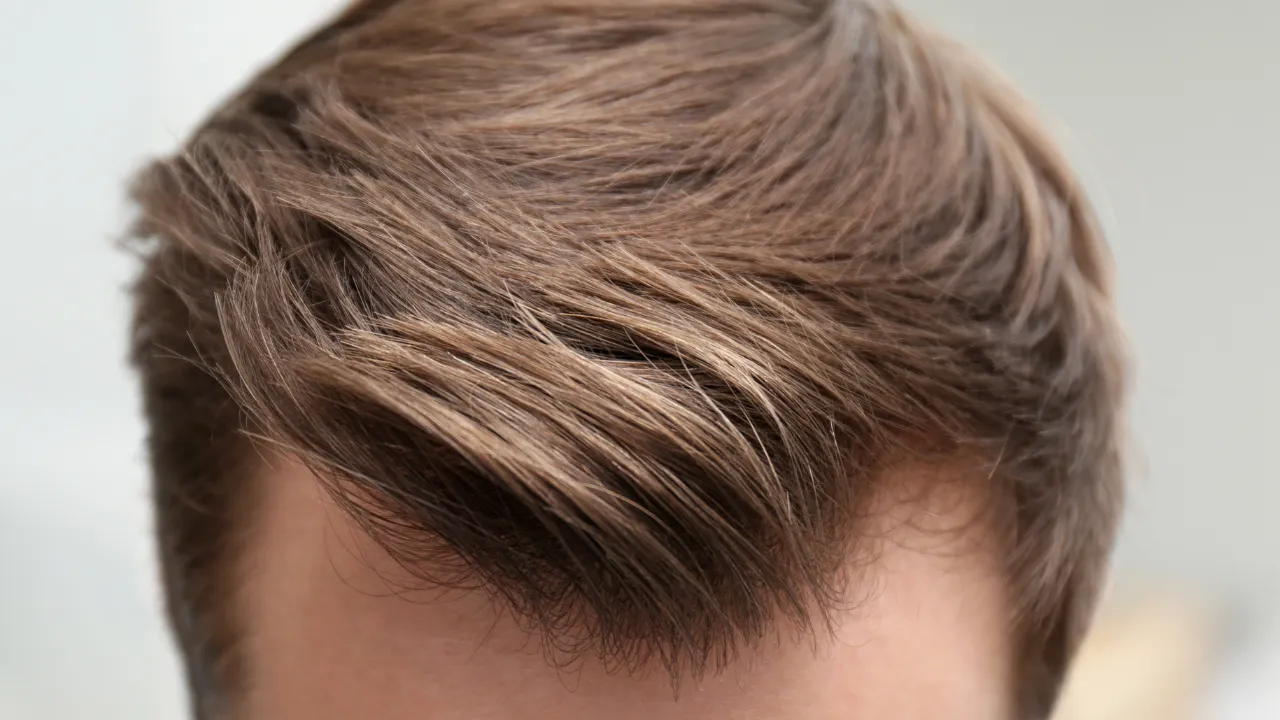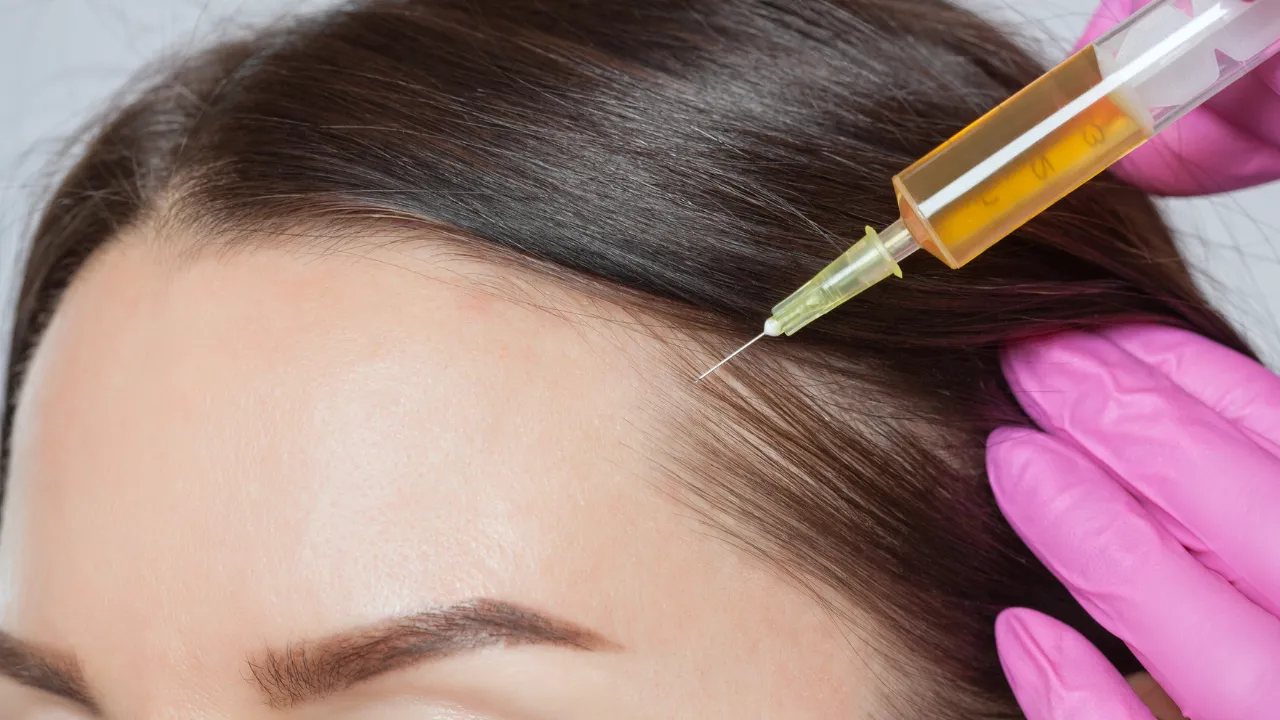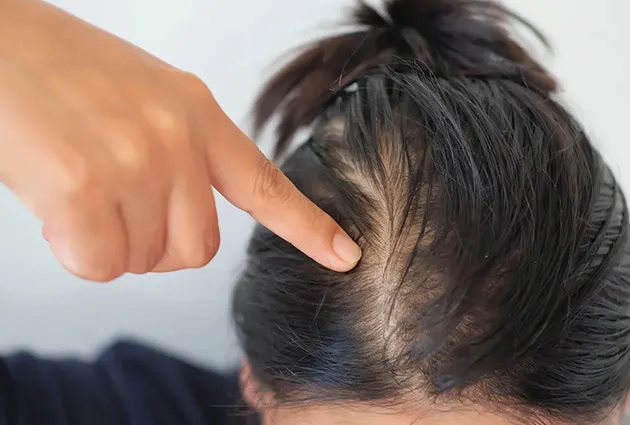Table of Contents
ToggleAt Kopelman Hair, we specialize in advanced techniques that help patients restore confidence by addressing bald spots with personalized solutions. Bald repair is a growing concern for men and women noticing thinning or patchy hair. This guide explores the most effective ways to fix baldness and regain fuller-looking hair.
Key Takeaways
- Bald repair includes medical, surgical, and natural treatments tailored to the cause and severity of hair loss.
- Hair transplants, PRP therapy, and medications like minoxidil and finasteride are the most commonly used and clinically supported options.
- Costs and results vary by treatment type, with visible improvements typically seen between 3 and 12 months after starting therapy.
- Certain treatments may not be suitable for everyone, and consulting a specialist like Dr. Kopelman ensures a safer, more effective approach.
- Patients should consider emotional factors, side effects, and long-term maintenance when choosing the right solution for bald repair.
Understanding Baldness and Hair Loss
Is It Possible to Fix Baldness?
Baldness can often be improved with consistent treatment. While not every case is reversible, many options are available to slow loss and encourage regrowth. The effectiveness of any solution depends on the type of hair loss, whether it’s temporary shedding or chronic thinning hair.
Can a Bald Person Regrow Hair?
Hair regrowth is possible if follicles remain active. Treatments like minoxidil or PRP can stimulate these follicles, especially in early stages. For completely bald areas, surgery may offer the best results.
Causes of Bald Patches and Thinning
Bald spots can result from several factors:
- Genetics
- Hormonal changes
- Medical conditions such as thyroid disorders or autoimmune diseases
- Stress
- Poor nutrition
One of the most common causes is androgenetic alopecia, a hereditary condition affecting both men and women. Female pattern baldness is a form of this condition, typically presenting as diffuse thinning over the crown.
Treatment Options for Bald Repair
Medical Treatments and Bald Repair Products
Common hair loss treatments include:
- Minoxidil Rogaine: A topical solution to stimulate follicles
- Finasteride Propecia: An oral medication that slows hair loss in men
- LLLT: Laser therapy to increase scalp blood flow
These treatments are most effective for early-stage loss. There are several hair loss treatments available, ranging from topical medications to advanced surgical procedures.
Effectiveness and Safety of Common Bald Repair Treatments
Minoxidil and finasteride are FDA-approved and widely studied. Hair transplants, especially FUE, offer over 90% success in eligible patients. Many patients report visible signs of hair regrowth within months.
Doctors may recommend blood tests to rule out issues like thyroid dysfunction or vitamin deficiency. Finasteride Propecia isn’t suitable for women, and PRP may not be advised for patients with blood conditions.
Hair Transplant and Scalp Procedures
Hair transplants relocate follicles to balding areas. At Kopelman Hair, we use FUE for natural-looking results. Dr. Kopelman has over 40 years of experience restoring hairlines. Scalp reduction or flaps are less common today due to FUE’s success.
PRP, Microneedling, and Other In-Office Methods
Platelet Rich Plasma therapy (PRP) and microneedling stimulate hair growth by activating healing responses. These non-surgical treatments work best in combination with other therapies.
Natural Ways to Fix Balding
Natural Methods for Bald Spots and Male Pattern Baldness
Natural approaches may support healthier hair:
- Scalp massage
- Rosemary or castor oil
- Stress reduction
- Nutrient-rich diets
These can help when used alongside other methods and contribute to maintaining healthy hair over time. Many men try to adapt their hairstyle to minimize the appearance of balding. See which haircuts for balding men help reduce the visual impact of thinning areas.
How to Regrow Hair on Bald Spot Fast (Female)
For women, hair loss may stem from stress or hormones. To regrow hair faster:
- Use women-specific minoxidil
- Eat protein- and omega-3-rich foods
- Avoid tight hairstyles and heat tools
Women may respond differently to treatments and should consult a specialist.
Costs and Considerations
Bald Repair Cost by Treatment Type
Estimated costs:
- Minoxidil or finasteride: $30–$100/month
- PRP therapy: $400–$1500/session
- Hair transplants: $5,000–$15,000
Prices vary by treatment area and provider expertise.
Risks and Side Effects of Bald Repair Treatments
Possible side effects include:
- Minoxidil: Scalp irritation
- Finasteride: Reduced libido
- PRP/Microneedling: Mild redness or swelling
- Hair transplants: Scabbing or infection
Choosing a qualified provider like Dr. Kopelman reduces these risks.
What Affects Pricing and Results
Costs depend on:
- Area treated
- Number of sessions
- Technique used
- Clinic experience
Dr. Kopelman’s expertise ensures better long-term outcomes.
Will a Bald Spot Ever Grow Back?
Some bald spots do regrow—especially if caused by stress or illness. Scarring or genetic thinning may need surgery. Treating hair loss early increases the chances of recovery.
Choosing the Right Approach
How to Fix Balding Based on Severity
Mild loss may respond to lifestyle changes and medication. More advanced cases might require PRP or surgery. When treating hair loss, it’s essential to match the approach to the stage of thinning.
How to Treat Balding for Long-Term Results
To keep results:
- Stick to the treatment plan
- Avoid harsh styling
- Get regular follow-ups
- Adapt if results stall
Combining treatments is often most effective.
Timeline for Bald Repair Results
Results vary by method:
- Minoxidil or finasteride: 3–6 months
- PRP/microneedling: Results after 3–4 sessions
- Hair transplant: Full growth in 9–12 months
Setting realistic expectations helps avoid disappointment.
What to Expect Emotionally During Treatment
Hair loss affects confidence. Many feel frustrated or anxious early on. Support groups, therapy, or guidance from providers can help patients stay motivated.
Tailored Advice for Different Types of Patients
Tips by patient type:
- Younger adults: May benefit from early lifestyle changes
- Older patients: Often need surgical options
- Women: Should avoid finasteride
- Men: May respond well to PRP + minoxidil
Treatment plans can differ for male and female pattern hair loss due to hormonal and genetic differences. A receding hairline is often one of the earliest signs, especially in men.
When to See a Hair Specialist
If hair loss is sudden, persistent, or worsening, consult a specialist. Dr. Kopelman can help identify the cause and build a personalized plan.
What to Ask Your Doctor About Bald Repair
Ask your provider:
- What’s causing my hair loss?
- What treatment is best suited for my condition and age?
- What are the side effects or risks?
- How soon will I see results?
- What’s required to maintain progress?
To take the next step toward restoring your hair and confidence, schedule a consultation with Dr. Kopelman. Together, we’ll explore the best treatment options tailored to your needs and goals.


